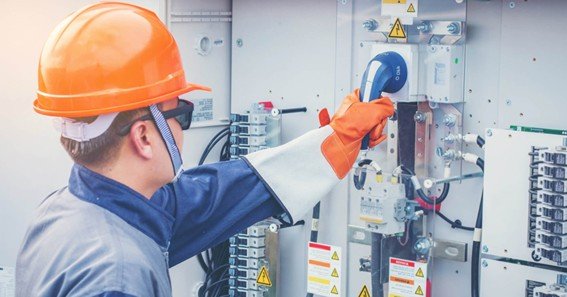Electrification of workplaces is common in most industries today; however, with these systems come great dangers. Whether being shocked by electricity or suffering an arc flash, the risks associated with electricity can result in injury or even death. Where electrical work is frequent, protection concerns for the workers are not only a suggestion but a requirement.
To mitigate these risks, NFPA established the NFPA 70E Standard, titled Standard for Electrical Safety in the Workplace. As a matter of fact, this standard may be used by different organizations to help them design the needed safety protocols and educate workers on how they can avoid accidental electrotechnical dangers. NFPA training has evolved into a safety feature that promotes the development of a secure working environment, decreases accidents, and ensures conformity.
The Dangers of Electrical Work
Electricity is considered one of the most dangerous causes of workplace accidents. Risks such as electric arc flash, electrical shock, or burns may lead to serious injuries or fatalities, sometimes even instant deaths. For example, an arc flash is a dynamic discharge of energy accompanied by heat through an electric fault, which in split seconds can be disastrous.
Knowledge about these dangers is imparted through NFPA 70E training, and practical ways of preventing them are also taught. In the methods of training, participants practice risk assessment and safety actions when faced with normal working conditions or an emergency.
Also Read : Golden Retrievers and White Labs: Top Tips for Raising Your New Puppy
Elements of NFPA 70E Training
a. Risk Assessment Procedures
Employees are required to identify electrical risk factors inherent to their work setting. This entails assessing equipment, learning about parts of the electrical equipment that are exposed, and understanding the level of risk if encountered.
b. Proper Use of PPE
NFPA 70E training also emphasizes the use of appropriate PPE, including insulated gloves, face shields, and arc-rated clothing. These tools form a protective layer against electrical accidents, which are very common in the industry.
c. Setting up Safe Work Procedures
Lockout/tagout procedures are taught so that trainees gain firsthand experience on how to approach energized equipment and ensure they maintain safe distances by practicing the techniques learned. Through the adoption of these practices, employees are protected during the handling of electrical systems.
d. Compliance and Documentation
Managers are trained to keep records of standard safety procedures and policies, which not only helps meet the regulations of OSHA and NFPA 70E but also makes safety more of a priority.
Also Read : Why Timely Reporting After an Auto Incident is Crucial
Benefits of NFPA 70E Training
NFPA 70E training results in fewer workplace injuries. However, its applicability is broader than just individual safety. The training shows that by making working conditions safer, companies will boost efficiency, decrease lost time due to injuries, and avoid penalties for non-adherence to legal provisions. Furthermore, it demonstrates that employees who have been trained are more confident and more efficient when executing electrical tasks, thereby increasing overall operational success.
By ensuring the effectiveness of such training, business owners protect their own and others’ lives, as well as adhere to market standards. Promoting safety has become a culture in workplaces today—safety is a corporate mandate for any organization.










